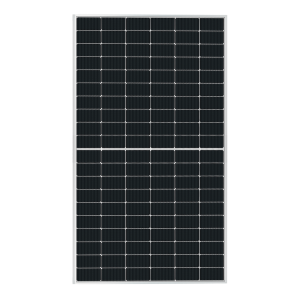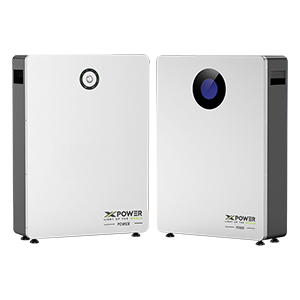Can solar panels power a house?
Time of Release : 2023-10-19
Solar panels have become an increasingly popular choice for powering homes with clean and renewable energy. With advancements in technology and decreasing costs, solar power has become a viable option for homeowners to generate electricity. In this article, we will explore the potential of solar panels to power a house.
Solar panels, also known as photovoltaic (PV) panels, convert sunlight into direct current (DC) electricity through the photovoltaic effect. These panels consist of multiple solar cells made from semiconductor materials, such as silicon, which absorb sunlight and generate an electrical charge.
To power a house using solar panels, the DC electricity generated by the panels needs to be converted into alternating current (AC) electricity, which is the standard form of electricity used in homes. This conversion is achieved through an inverter, which transforms the DC electricity into AC electricity suitable for powering household appliances and electrical systems.

The size and number of solar panels required to power a house depend on various factors, including the energy consumption of the household, available sunlight, and local regulations or incentives. Generally, a larger solar panel system will produce more electricity and can potentially meet the majority or even all of a household’s energy needs.
It is important to note that solar panels produce electricity when exposed to sunlight. Therefore, their ability to power a house is influenced by factors such as the geographical location, orientation, and tilt angle of the solar panels. Regions with ample sunshine, such as deserts or areas close to the equator, are generally more favorable for solar power generation.
In addition, the available roof space and structural considerations of the house play a role in determining the capacity of the solar panel system. The roof should have enough unobstructed space to accommodate the panels, and its orientation and tilt angle should optimize exposure to sunlight throughout the day.
To ensure a reliable power supply, solar panels can be combined with energy storage systems, such as batteries. These batteries allow excess energy generated during the day to be stored and used during periods of low sunlight or at night when the solar panels are not producing electricity. With a storage system, homeowners can further reduce their reliance on the electrical grid and have access to power even during power outages.
Advancements in solar panel technology, including higher efficiency and improved durability, have made solar power an increasingly attractive option for homeowners. Additionally, various government incentives and rebates are available in many countries to encourage the adoption of solar energy systems.
While solar panels have the potential to power a house, it is important to consider the upfront cost of installation. The initial investment can vary depending on factors such as the size of the system, quality of materials, and complexity of the installation. However, it is worth noting that over time, the savings on electricity bills and the potential for selling excess electricity back to the grid can offset the initial investment, making solar power a cost-effective choice in the long run.
In conclusion, solar panels have the capability to power a house by converting sunlight into electricity through photovoltaic technology. The size and capacity of the solar panel system depend on factors such as energy consumption, available sunlight, and structural considerations. When combined with energy storage systems, solar panels offer homeowners a reliable and renewable source of electricity while reducing dependence on the electrical grid. As technology advances and costs decrease, solar power is becoming an increasingly attractive and sustainable option for households worldwide.





